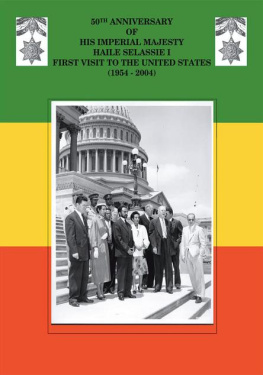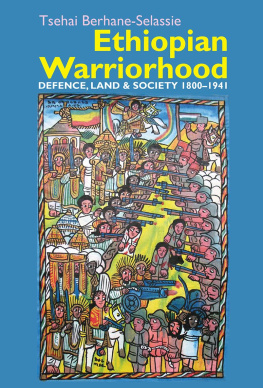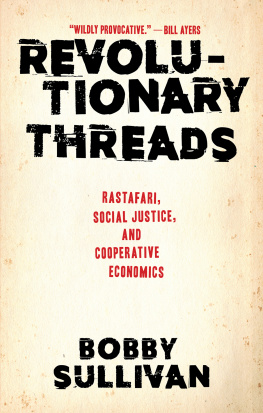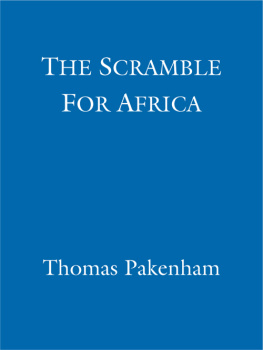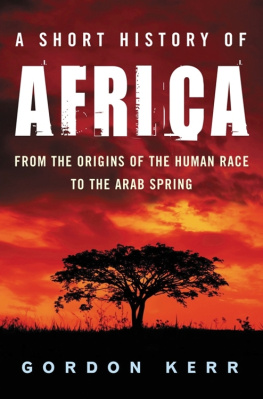The Ethiopian Revolution
19741991
The Ethiopian Revolution
1974 1991
From a Monarchical Autocracy to a Military Oligarchy
Teferra Haile-Selassie
First published in 1997 by
Kegan Paul International
This edition first published in 2011 by Routledge
2 Park Square, Milton Park, Abingdon, Oxon, OX14 4RN
Simultaneously published in the USA and Canada by Routledge
711 Third Avenue, New York, NY 10017
Routledge is an imprint of the Taylor & Francis Group, an informa business
Teferra Haile-Selassie, 1997
All rights reserved. No part of this book may be reprinted or reproduced or utilised in any form or by any electronic, mechanical, or other means, now known or hereafter invented, including photocopying and recording, or in any information storage or retrieval system, without permission in writing from the publishers.
British Library Cataloguing in Publication Data
A catalogue record for this book is available from the British Library
ISBN 10: 0-7103-0565-6 (hbk)
ISBN 13: 978-0-7103-0565-7 (hbk)
Publishers Note
The publisher has gone to great lengths to ensure the quality of this reprint but points out that some imperfections in the original copies may be apparent. The publisher has made every effort to contact original copyright holders and would welcome correspondence from those they have been unable to trace.
Dedicated to
my loving and supportive wife, Almaz, my children, Candy, Yared, Kidist and Hiwot.
Contents
Ethiopia, the only country in Africa to survive the nineteenth-century European scramble for the continent, has a long, unique, and complex history. This stretches back over three million years to Lucy, or as the Ethiopians call her Dinkenesh, the earliest known ancestor of the human race, to the political turmoil of late twentieth-century Africa.
Though the Ethiopians produced stone inscriptions in ancient times, and began composing royal chronicles on parchment in the early medieval period, the writing of modern style Ethiopian history was until recently the preserve of Europeans and other foreign authors. Foreign scholars made a major contribution towards elucidating many of the complexities of Ethiopias long historic experience, but often failed to catch the true and authentic spirit of the Ethiopian people. The advent of Ethiopias own historians and autobiographical writers is therefore greatly to be welcomed.
My friend Teferra Haile-Selassie writes partly as a historian, but also, and perhaps more importantly, as a sincere and sensitive observer, who lived through the later historical events which he describes, and indeed played a notable role in several of them. An intellectual product of Ethiopias post-World War II educational system, he became a patriotic and a hard-working civil servant, and, like so many colleagues of his generation, loyally served a succession of Ethiopian governments: those associated with the names of Emperor Haile Selassie, General Aman Andom, General Teferri Banti, Colonel Mengistu Haile Mariam, and Ato Tesfaye Dinka.
Teferras book has a double interest. The first chapters reveal how the wide span of Ethiopias long history is perceived, judged and evaluated by a modern-educated member of the countrys present-day generation. The later sections provide perhaps the first insiders view of the workings of the various Ethiopian governments in which he served. Teferra writes, as far as it is possible for anyone to do, fairly and without prejudice. He seeks as far as he can, to show both the good and the bad aspects of pre- and post-revolutionary Ethiopian Government. As the last Ethiopian Ambassador in Britain prior to the coming to power of the EPRDF, he attended the London Conference of 28 May 1991, and his account of that historical important event will be read with special interest and attention.
It is my sincere hope other Ethiopians will follow Teferras example, by writing further studies of Ethiopia, its history and peoples, and, above all, by recording their memories of the often momentous events which they witnessed, or in which they actually participated.
Richard Pankurst
The purpose of this book is to provide to readers and scholars an objective personal account of the Ethiopian revolution of 1974. As a civil servant who had served for over three decades under the Imperial System and the Military Regime (Dergue), I felt that I could make a modest contribution by presenting as objectively as humanly possible the seventeen years of the Dergues rule. With the hope to provide the facts to readers and scholars I had endeavoured to reproduce some of the major policies of the Dergue. In producing this work except the first chapter, I mainly depended on my personal experience and notes and whenever possible I had referred to the documents of the government, Commission for Organising the Workers Party of Ethiopia (COPWE) and Workers Party of Ethiopia (WPE).
The Dergue in its propaganda activity was effectively using the state-run newspapers, the Addis Zemen and The Ethiopian Herald. As a result these papers published the Dergues major decisions and policy declarations including legislation and speeches of the head of the state in their entireties. The papers, the radio and television played a significant role in promoting the policies of the government. Following the formation of the Workers Party of Ethiopia in 1984 the party organ, Serto Ader, a weekly paper, and Meskerem, a quarterly Journal of party ideology, became authoritative sources of party and government policies. Other sources which I relied upon to complement my notes, include reports of the Chairman to the Central Committees of COPWE and WPE, annual Revolution Day speeches of the Chairman, the National Revolutionary Democratic Programme of Ethiopia, the Programme of WPE, the Presidents reports to the National Shengo and other government and party publications.
I am indebted to all my friends who encouraged me to share my experience with those who were not able to have access to a first-hand account of the Ethiopian Revolution, a change that demolished beyond any recognition the socio-economic base of one of the ancient polities in the world. In the absence of memoirs from the main actors in the revolution, the best one could hope for is an account from a civil servant who had served under the system. In this regard, I hope, this work could serve as a modest contribution.
I am deeply indebted to Leila Ingrams who read the first four chapters of the manuscript and made constructive and valuable comments. Her suggestions were used in restructuring some of the chapters. I am also grateful to Rita Pankhurst who despite her heavy commitment found some time to read the first chapter of the manuscript and made useful comments that drew my attention to restructure some of the passages. My special thanks go to Professor Richard Pankhurst, renowned scholar in Ethiopian studies, who sacrificed his holiday in reading the manuscript. His scholarly comments, suggestions and criticisms immensely helped me to reconsider some of the points I had overlooked. His resourceful comments and constructive criticisms have gone a long way in enriching the work and for that I am greatly indebted to him. I also express to him my deepest gratitude for writing a foreword to the book.
I am grateful to Ato Terefe Ras-Work and his wife Weizero Berhane Assfaw whose Christmas gift, a personal computer, facilitated the production of this work and saved me from the trouble of looking for a stenographer. I am also thankful to Amelework and Colin Crowfoot for their moral support and regular hospitality which were useful distractions and indeed stimulated me to be more productive. I also appreciate deeply the support and encouragement that I received from Weizerit Hirut Teferra.


